Celebrity Trees
-
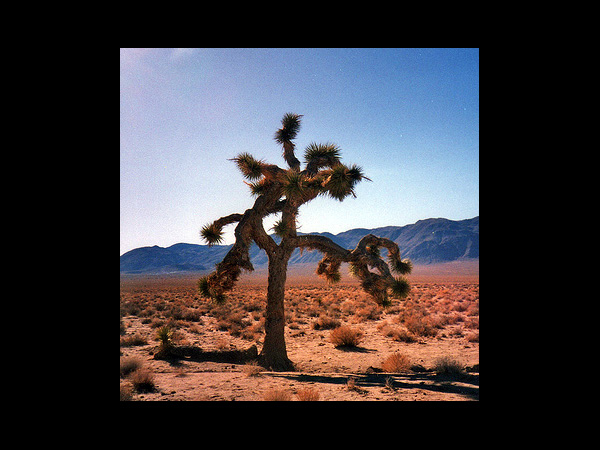 CREDIT: Wikimedia Commons.
CREDIT: Wikimedia Commons.Joshua Tree, Mojave Desert, USA
This tree, which inspired the name of U2's fifth full album (and appears on the jacket sleeve), no longer stands. Fans say it fell sometime in the fall of 2000. But before U2 immortalized the tree as a symbol of '80s rock, its brethren had already captivated the imaginations of 19th-century Mormon settlers. While passing through the Mojave, these pioneers likened the trees' skyward-crawling branches to the hands of the biblical character Joshua leading them to the Western promised land. They named the gnarled tree after him.
-
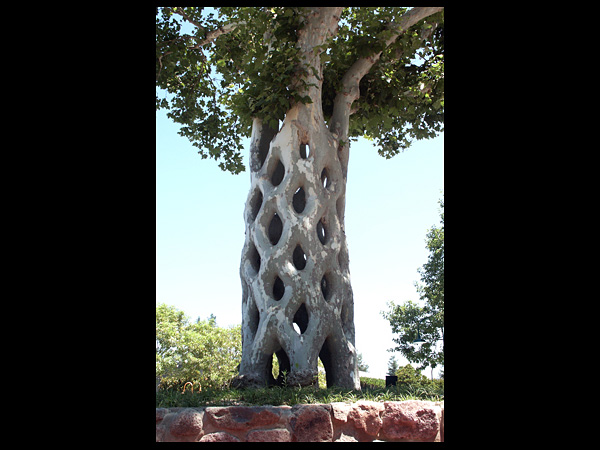 Wikimedia Commons.
Wikimedia Commons.Circus Trees, Gilroy, California
In the 1920s, a Californian farmer named Axel Erlandson became enchanted by the natural grafting process of Sycamores, in which the roots of two trees connect and grow jointly. He took to the tree-weaving business, designing whimsical shapes from entwined saplings. His trees have since been featured in Life magazine and "Ripley's Believe-It-or-Not." Today, they live in Gilroy Gardens Family Theme Park in California.
-
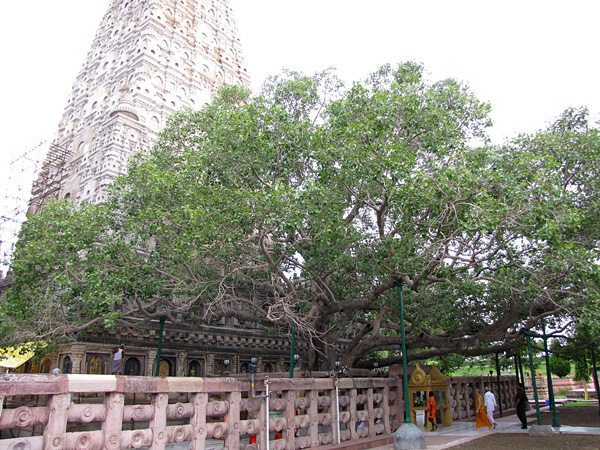 Manbartlett/Flickr.
Manbartlett/Flickr.Bodhi Tree, Bihar, India
Around 2,600 years ago, Buddhist teachings hold, Siddhartha Gautama sat under the Sacred Fig (or "Bodhi tree"), achieved enlightenment, and became the Buddha. Early accounts of Buddha's enlightenment, however, don't mention the tree. The Sacred Fig tree growing at the Mahabodhi temple in India today is supposedly a direct descendent of Buddha's original tree.
-
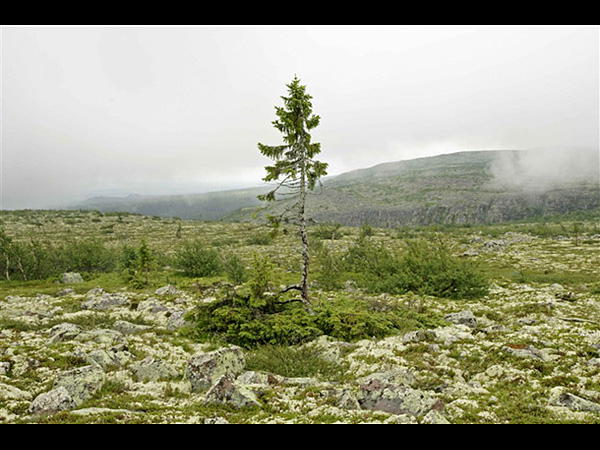 Photo courtesy of Leif Kullman.
Photo courtesy of Leif Kullman.Old Tjikko, Dalarna, Sweden
At just 16 feet tall, Old Tjikko doesn't look that impressive: Because of the region's tundra climate, it only recently grew from a shrub to a full-sized tree during the warming of the last century. But its roots are 9,550 years old, and it's the oldest known specimen of a single-stemmed "clonal tree"—meaning it can grow a new stem if the original one dies. Leif Kullman, a professor at Umea University, who discovered the tree in 2008, named it after his late dog.
-
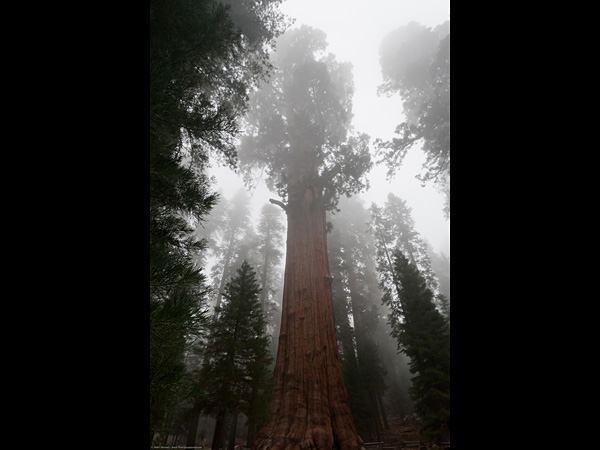 Wikimedia Commons.
Wikimedia Commons.General Sherman Tree, Sequoia & Kings Canyon National Park, California
A cattleman named James Wolverton discovered this ancient tree in 1879 and named it after the general he served under in the Civil War. With a circumference of 102.6 feet and a height of 275 feet, it's the biggest tree in the world measured by volume. Scientists estimate that it's between 2,300 to 2,700 years old, based on samples of its core taken in the 1960s.
-
 Wikimedia Commons.
Wikimedia Commons.Charter Oak, Connecticut
When King James II became king of England, he appointed a man named Sir Edmund Andros as the Governor of New England. One of Andros' first acts (as ordered by King James II) was to demand that all New England governments surrender the charters James' more lenient brother had granted them while on the throne. Connecticut refused. According to lore, members of the assembly hid the charter in the cavity of a great oak when Andros arrived to personally confiscate it. The oak, which was at least 600 years old, fell during a storm in 1856. Here it is on the state's quarter.
-
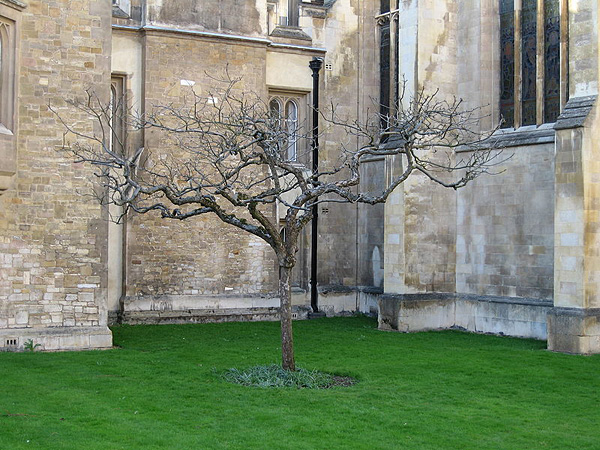 Wikimedia Commons.
Wikimedia Commons.Sir Isaac Newton 's Apple Tree, England
In 1666, while the young Isaac Newton studied at Cambridge University, the Great Plague stampeded through England, crippling the country and forcing many public buildings to close. Consequently, Newton was forced to leave Cambridge and return to his home in Lincolnshire. It was there, sitting in his mother's garden, that Newton allegedly witnessed an apple falling from a tree and began to wonder why it fell straight to the earth. He devoted the next few years to studying the laws of gravity. Historians haven't found an account of the apple-tree story written by Newton. However, a man named William Stukeley, Newton's first biographer, recorded a conversation he had with the scientist in 1726 on manuscripts recently released by the Royal Society in London: During the conversation, Newton mentioned the apple story while sitting under a different apple tree in London. This tree, which grows on the Cambridge University campus, is supposedly a direct descendent of the tree in Newton's mother's garden.
-
 Robert S. Donovan/Flickr.
Robert S. Donovan/Flickr.Toomer's Oaks, Auburn, Alabama
These approximately 130-year-old trees have served as a celebratory site for Auburn University athletics since the 1960s, by one estimate. "Rolling Toomer's," or tossing toilet paper rolls up through the branches of the trees, used to mark the announcement of an away-game victory. (Fans received that news from a telegraph down the street from the oaks.) Originally, fans decorated the power and telephone lines near the trees, not the oaks themselves. The trees grew next to Toomer's Drugstore. In February, university officials reported that someone deliberately poisoned the traditional trees with Spike 80DF, an herbicide. One of the oak trees already looks sickly, with yellowish leaves sprouting from smaller-than-average shoots. The prime suspect is 61-year-old Harvey Updyke, a fan of the rival University of Alabama.
-
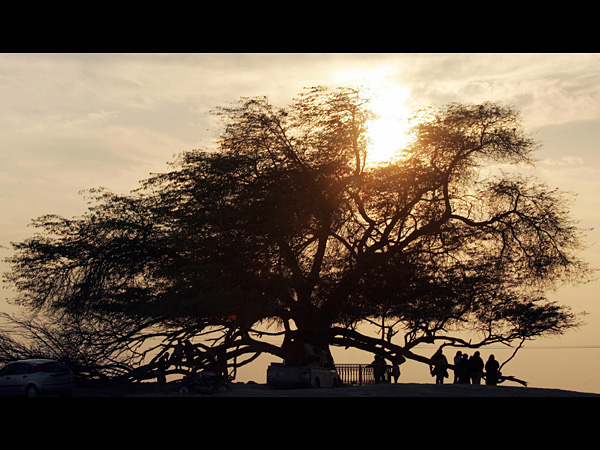 Adam Jan/AFP/Getty Images.
Adam Jan/AFP/Getty Images.Tree of Life, Bahrain
This mesquite tree survives in the middle of the desert, far from any water supply. Its irrigator remains a mystery. Botanists estimate that it's 400 years old. Some scholars believe it stands on the site of Dilmun, described on ancient cuneiform tablets as a place very similar to the Garden of Eden. The characteristics of Dilmun, scholars say, best match the islands of Bahrain, Failaka, and the eastern coast of Saudi Arabia.
-
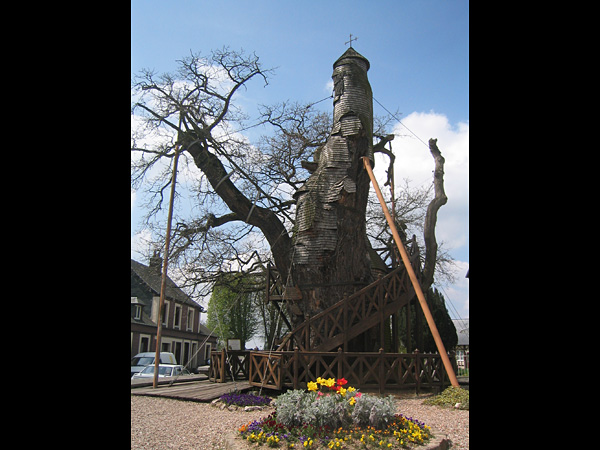 Wikimedia Commons.
Wikimedia Commons.The Chapel Oak, Allouville-Bellefosse, France
This approximately 1,000-year-old oak (some estimate it's only 800), the oldest tree in France to have been discovered, houses two chapels. They're still open for mass if you're not afraid to climb the winding stairway. The oak was hollowed out in the 1600s after it was struck by lightning, and the first chapel was built in 1669. Now, although part of the trunk has died, it's still standing with the support of poles and cables.